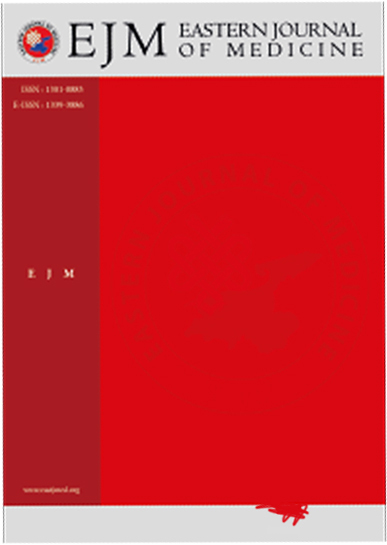Emergency vs. Planned Hemodialysis Initiation: Effects on Vascular Access and Treatment Practices
Tuba Turgut1, Cebrail Karaca21Department of Internal Medicine, Van Yuzuncu Yil University Faculty of Medicine, Van, Turkey2Division of Nephrology, Department of Internal Medicine, Van Yuzuncu Yil University Faculty of Medicine, Van, Turkey
INTRODUCTION: Hemodialysis (HD) is commonly used for end-stage renal disease (ESRD), but there is a rising trend in initiating HD as an emergency rather than a planned procedure. This study investigates the clinical effects of emergency versus programmed HD initiation.
METHODS: This retrospective study analyzed patients starting their first HD between January 2021 and December 2023. Data on laboratory parameters, vascular access, and medications were collected. Patients were divided into emergency and programmed HD initiation groups and compared.
RESULTS: The study included 136 patients (mean age 59.6 years). Emergency HD patients were more likely to use non-tunneled central venous catheters (CVCs) and had lower eGFR levels compared to those with programmed HD (102 [99%] vs. 5 [15.2%]; p<0.001 and 7.8 ± 3.3 mL/min/1.73 m² vs. 9.4 ± 2.7 mL/min/1.73 m²; p=0.010). While hemoglobin levels were lower in the emergency group (9.3 ± 2.0 g/dL vs. 9.9 ± 1.5 g/dL; p=0.156), the difference was not significant. IV iron and ESA use was significantly lower in the emergency group (28 [27.2%] vs. 22 [66.7%]; p<0.001 and 11 [10.7%] vs. 8 [25%]; p=0.045).
DISCUSSION AND CONCLUSION: Emergency HD initiation is linked to increased use of non-tunneled CVCs, lower eGFR, and reduced use of IV iron and ESA. Improved planning and early intervention are needed for better patient outcomes.
Manuscript Language: English














